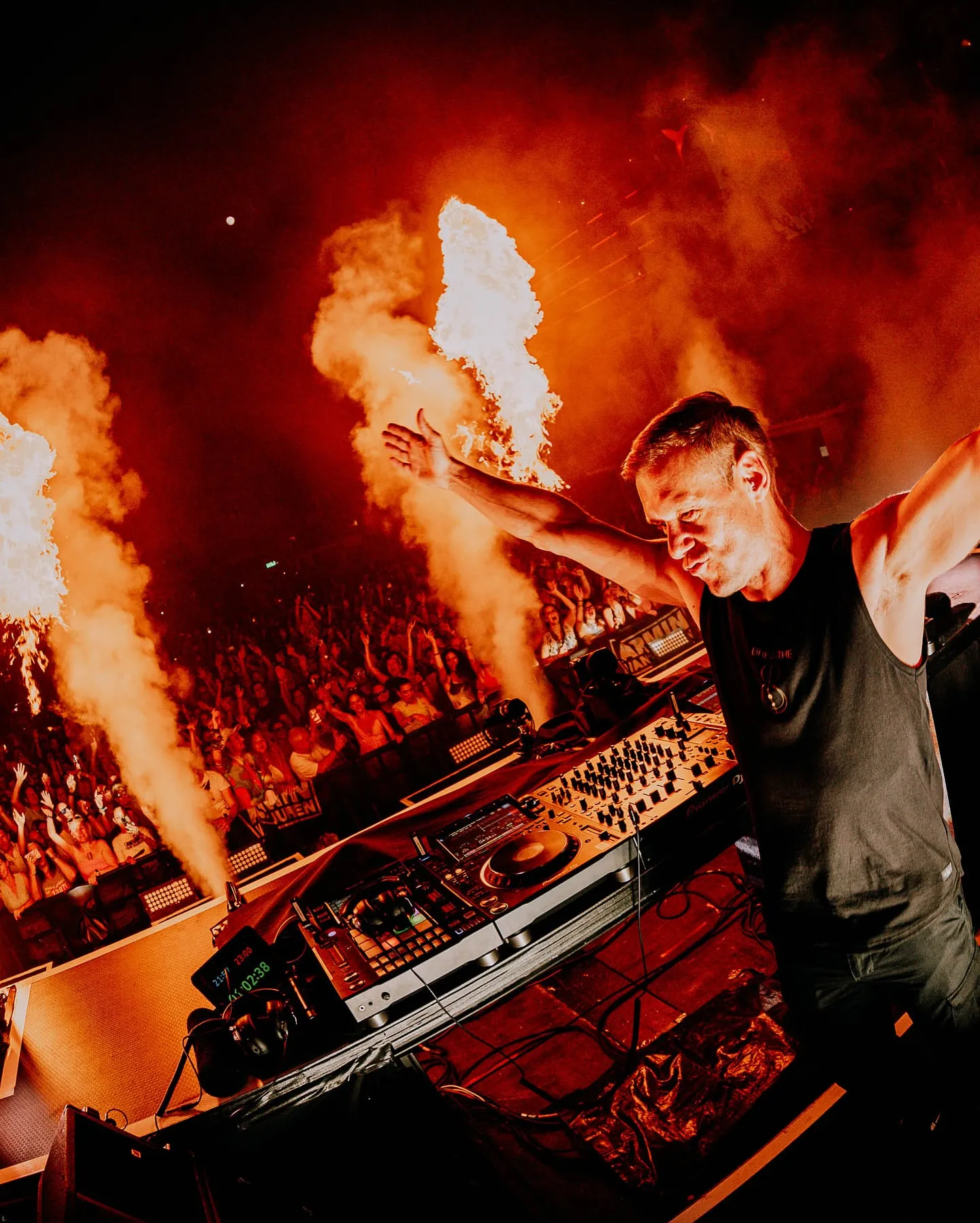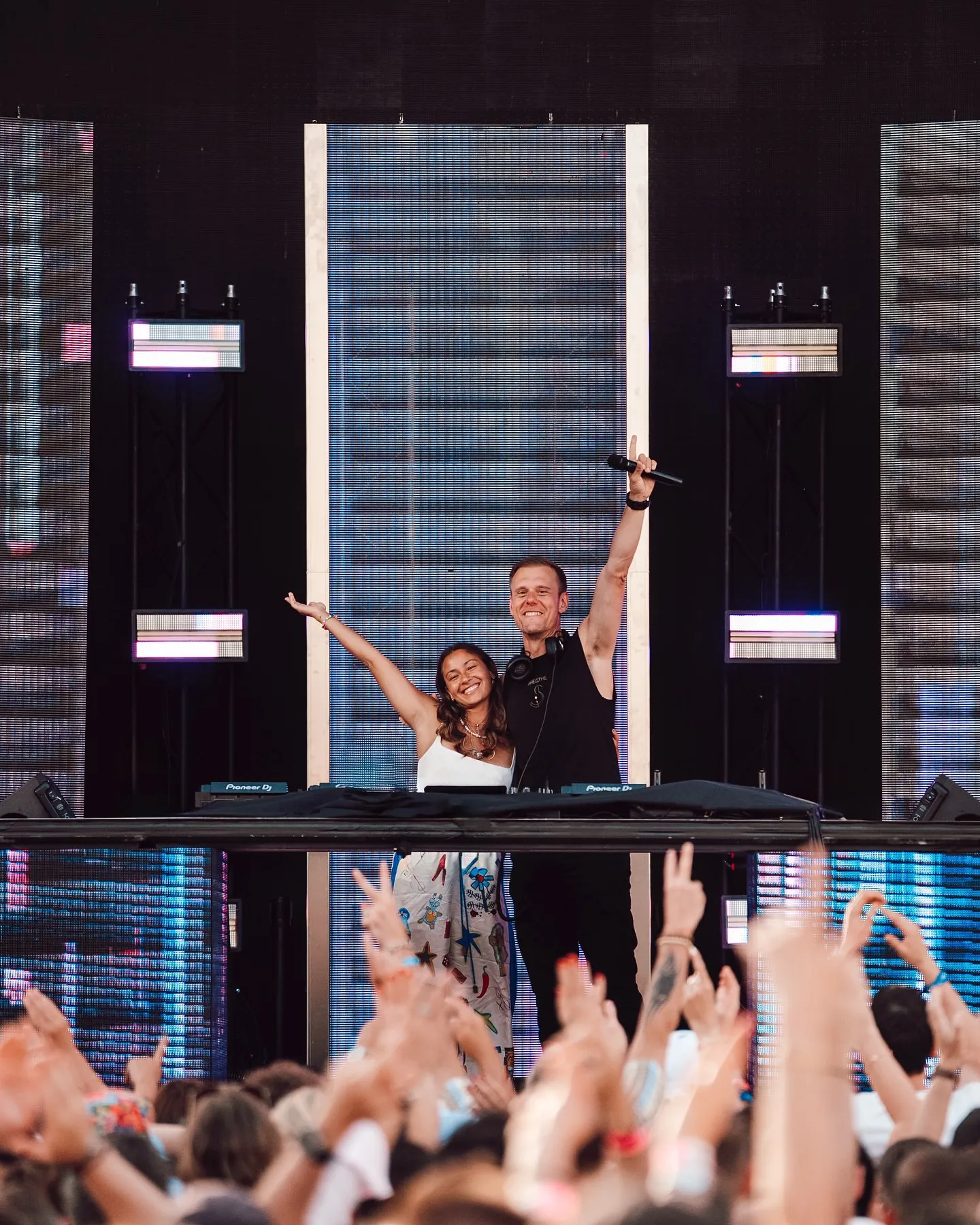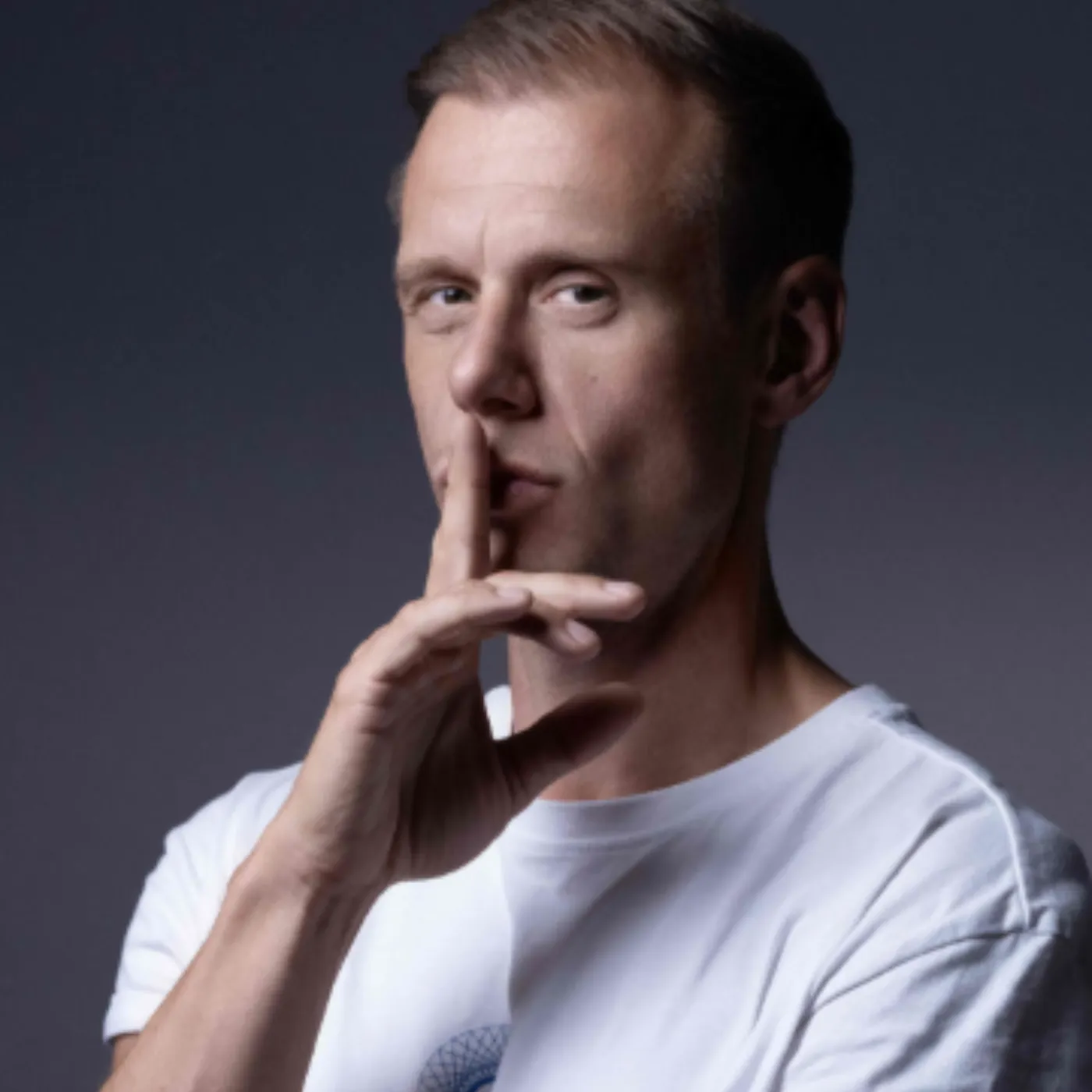

The Mockery That Sparked EDM Outrage: Antifans Take Aim at Armin van Buuren
For more than two decades, Armin van Buuren has been a towering presence in electronic dance music (EDM). Known as the “Trance legend,” he has cultivated a global fanbase that spans multiple generations. Yet in recent weeks, his name has been pulled into an unexpected storm—not because of his music, but because of pointed mockery from antifans who chose to compare him unfavorably to other veteran DJs.
The backlash was immediate. The EDM community, often fiercely loyal to its icons, erupted in anger. Hashtags defending Armin van Buuren trended, heated debates filled online forums, and fans mobilized to protect the reputation of their hero. What started as a few harsh words spiraled into a worldwide discussion about respect, legacy, and the often toxic dynamics between fans and antifans in the music world.
This article takes a deep dive into the controversy, exploring the roots of the mockery, the magnitude of Armin’s legacy, and why the EDM community refuses to let this narrative define him.
When Words Cross the Line: What Antifans Said About Armin van Buuren
It all began with seemingly casual remarks from a small group of antifans on social media. The message was simple yet biting:
| ANONYMOUS ANTIFAN: “Armin van Buuren doesn’t belong in the same league as the true legends of EDM. He’s just coasting on past glory.” |
That single comment—shared, retweeted, and reposted countless times—was enough to ignite a firestorm. Antifans expanded on it, comparing Armin van Buuren to older DJs like Carl Cox, Tiësto, and Paul Oakenfold, insinuating that his influence had waned.
What might have been ignored as ordinary criticism instead struck a nerve. Why? Because for many, Armin is not just another DJ. He is a cultural pillar of trance, a genre he helped shape into a global movement.

The Towering Legacy of Armin van Buuren
To understand why these antifans drew so much fury, it’s necessary to revisit the scale of Armin’s achievements.
-
A State of Trance (ASOT) – Armin’s weekly radio show has been running since 2001, reaching over 40 million listeners in more than 80 countries. It is one of the most influential platforms in EDM history.
-
DJ Mag Top 100 – He was voted the world’s No.1 DJ five times, more than almost anyone else in history.
-
EDM festivals dominance – From Tomorrowland to Ultra, his sets have drawn hundreds of thousands of fans, with performances etched in EDM history.
-
Collaborations – He has worked with everyone from Sharon den Adel to Trevor Guthrie, crossing genres while staying rooted in trance.
This is why the comparisons hit so hard. To fans, suggesting Armin van Buuren is anything less than a Trance legend is an insult not just to him, but to everything he represents.
Why Mockery Cut So Deep
On the surface, the antifans’ comments seemed like typical trolling. But for those invested in EDM, it felt deeply disrespectful. Several factors made the mockery sting:
-
Generational Symbolism – Armin is more than an artist; he is a symbol of trance’s endurance in a world where EDM constantly evolves.
-
Fan Loyalty – His fanbase is fiercely protective, often traveling across continents to attend EDM festivals and A State of Trance gatherings.
-
Cultural Respect – In EDM culture, calling out a pioneer without proper acknowledgment is seen as breaking an unwritten code.
The result? A wave of outrage that far exceeded the scale of the original comments.
| FAN ON TWITTER: “You don’t come for Armin. He BUILT trance. Without him, half the EDM festivals you love wouldn’t exist.” |
The EDM Community Responds
The response from fans was swift and fierce. Within hours of the comments spreading online, Twitter and Reddit were filled with heated defenses of Armin van Buuren.
-
Hashtags like #RespectArmin and #TranceLegend trended worldwide.
-
Fans shared clips of iconic Armin sets, reminding critics of his influence.
-
EDM blogs picked up the story, amplifying the narrative that he was being unfairly targeted.
Some fans took it further, highlighting how other DJs—those supposedly “more legendary”—had themselves acknowledged Armin’s role.
| FAN COMMENT: “Funny how antifans compare Armin to Tiësto when Tiësto himself has praised him countless times. Respect goes both ways.” |
The EDM community, often divided by genre preferences, seemed united in this moment.
Comparing Legends: Is It Fair?
The mockery raises an important question: is it even possible to fairly compare legends across generations?
-
Carl Cox represents the early underground roots of techno and house.
-
Tiësto has bridged trance, EDM, and pop in unprecedented ways.
-
Paul Oakenfold was a pioneer of the rave era in the ’90s.
-
Armin van Buuren redefined trance and carried it into the mainstream EDM festivals era.
Each of these names holds a distinct space. Comparing them is less about talent and more about personal preference, cultural timing, and influence on specific subgenres.
| EDM BLOGGER: “This is like comparing Michael Jordan to LeBron James. They’re both great—just in different contexts.” |
Thus, many argue that the antifans’ comments weren’t just disrespectful—they were fundamentally flawed.
Armin’s Usual Response to Criticism
If there’s one thing consistent about Armin van Buuren, it’s his humility. He rarely engages in drama, preferring to let his music do the talking.
In past interviews, he has acknowledged that criticism is inevitable in the public eye.
| ARMIN VAN BUUREN: “Not everyone has to like what I do. That’s okay. But as long as the music connects with people, I’ll keep going.” |
This calm, measured approach is one reason his fanbase respects him even more. While antifans stir controversy, Armin stays focused on the bigger picture: spreading joy through music.
Lessons From the Backlash
The uproar surrounding these antifans reveals deeper truths about the music industry today:
-
The Amplifier of Social Media – A single negative comment can snowball into a global controversy within hours.
-
Fan Power – Loyal communities can overwhelm negativity, creating positive counter-movements.
-
The Futility of Comparison – Pitting artists against each other often says more about fandom wars than about the artists themselves.
-
Legacy Over Noise – True legends are remembered for their contributions, not the criticisms they faced.
| EDM ANALYST: “This isn’t about Armin vs. anyone else. It’s about how we treat our icons when new trends emerge.” |
The Bigger Picture: Antifans vs. Icons

It’s not just Armin van Buuren. Across the music industry, iconic figures often become easy targets. From rock legends being compared to newcomers, to hip-hop pioneers dismissed by younger audiences, the cycle is familiar.
But Armin’s case stands out because of his unique role in EDM. He isn’t just a performer—he is a community builder. A State of Trance isn’t merely a radio show; it’s a cultural touchstone. That’s why antifans underestimated the backlash. To insult Armin is, in many fans’ eyes, to insult trance itself.
Armin van Buuren Still Stands Tall
Despite the drama, Armin van Buuren continues to tour, headline EDM festivals, and produce music at the highest level. Just weeks after the controversy, he delivered a set at a major European festival that was streamed to millions online.
The crowd roared, arms raised in unison, as he dropped classics alongside new material. For fans watching, it was proof that no amount of mockery could diminish his impact.
| FAN AT FESTIVAL: “This is why we defend him. Nobody does it like Armin.” |
Final Reflection
The mockery aimed at Armin van Buuren may have been designed to diminish him, but it ended up doing the opposite. By attacking his legacy, antifans inadvertently reminded the world just how monumental that legacy is.
For over two decades, Armin has lifted people through music, connecting hearts across continents. Antifans can compare, mock, and criticize all they want—but in the end, it is the music that lasts.
And when it comes to music, Armin van Buuren remains untouchable.
Fans will likely remember this incident not as a stain, but as another testament to their loyalty. The outrage wasn’t just about defending a DJ. It was about defending a movement, a sound, and a legacy that shaped the very identity of EDM.


















